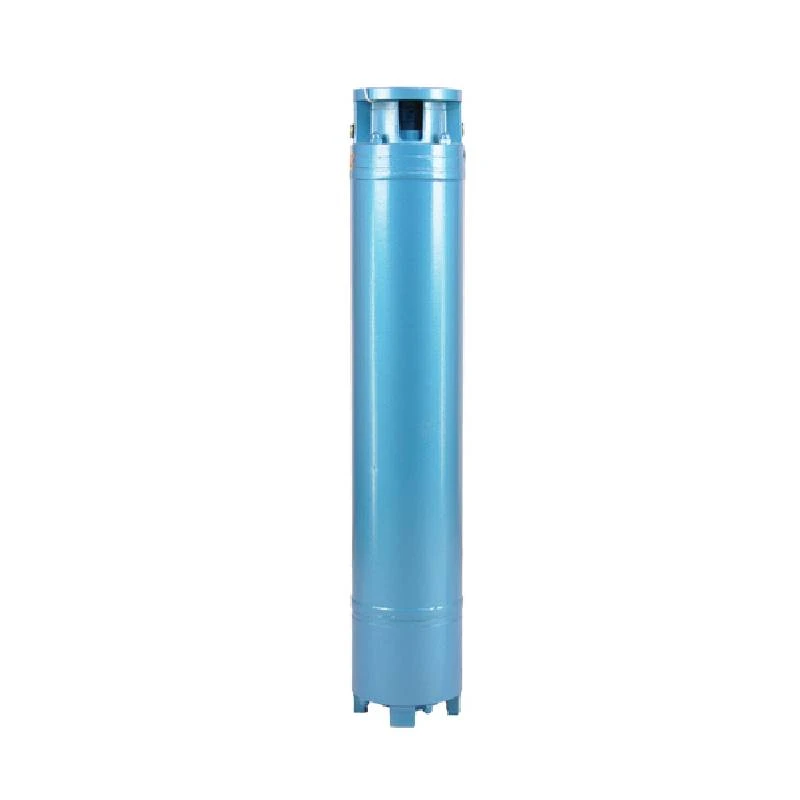ធ្នូ . 31, 2024 19:24 Back to list
Effective Solutions for Submersible Water Pump Hose Selection and Usage Tips
The Essential Guide to Submersible Water Pump Hoses
In the world of water management and pumping systems, the submersible water pump is a vital tool used across various applications, from residential use to agricultural practices. One integral and often overlooked component of these systems is the submersible water pump hose. Understanding its features, benefits, and maintenance can greatly enhance the efficiency and longevity of your pumping system.
What is a Submersible Water Pump Hose?
A submersible water pump hose is a pipe or flexible tube designed to transport water from a submersible pump to the desired discharge point. These hoses are engineered to withstand underwater conditions, including pressure and submersion, while facilitating the effective movement of fluids.
Types of Submersible Water Pump Hoses
There are several types of hoses available for submersible water pumps, each engineered for specific applications
1. PVC Hoses Lightweight and cost-effective, PVC hoses are commonly used in residential and light-duty applications. They are resistant to corrosion and moderate chemicals but are not ideal for heavy-duty tasks.
2. Rubber Hoses Known for their durability and flexibility, rubber hoses can handle higher pressures and are suitable for industrial applications. They are less sensitive to temperature changes than PVC hoses, making them a reliable choice for various environments.
3. Reinforced Hoses These hoses feature an added layer of strength to withstand greater pressures. They are ideal for heavy-duty applications, such as construction sites or agricultural irrigation.
4. Flexible Hoses Flexibility is crucial, especially in tight spaces. Flexible hoses are designed to bend easily without kinking, making them perfect for intricate setups.
Key Features to Consider
When selecting a submersible water pump hose, several features are critical to ensuring optimal performance
submersible water pump hose

- Pressure Rating Always check the pressure rating to ensure it matches your pump's specifications. Using a hose that cannot handle the pump's output pressure can lead to ruptures or leaks.
- Diameter Choose a hose with an appropriate diameter. A larger diameter allows for more water flow but may be cumbersome, while a smaller diameter can restrict flow, leading to pump inefficiency.
- Material Select a material that suits your specific application. For instance, if the water contains abrasives, a more robust material may be necessary to prevent wear and tear.
- Length Consider the distance between the pump and the discharge point. Ensure the hose is long enough to reach without excessive tension or strain.
Maintenance Tips
To prolong the life of your submersible water pump hose, consider these maintenance tips
1. Regular Inspection Check for leaks, cracks, and wear regularly. Early detection of issues can prevent more significant problems later on.
2. Proper Storage When not in use, store hoses in a cool, dry place, avoiding direct sunlight. This helps prevent degradation caused by UV exposure.
3. Cleaning Rinse the hose after use to remove any sediment or debris, especially if it was used in muddy or abrasive conditions.
4. Avoid Overstretching When installing, avoid overstretching the hose to minimize strain that could cause premature wear.
Conclusion
Choosing the right submersible water pump hose is crucial for efficient water transport in any pumping system. With various types and features available, it's important to select a hose that best suits your application. Additionally, regular maintenance will ensure your hose remains in optimal condition, allowing your submersible pump to perform at its best. By understanding and implementing these factors, you can enhance the longevity and effectiveness of your water pumping operations.
-
submersible-sump-pump-auto-drainage-for-crawlspaces
NewsAug.22,2025
-
solar-powered-stainless-steel-submersible-well-pump-setup
NewsAug.22,2025
-
stainless-steel-well-pump-flow-rate-optimization
NewsAug.22,2025
-
water-filled-submersible-pump-fish-farm-oxygenation
NewsAug.22,2025
-
submersible-pump-in-aquaculture-and-fish-farming
NewsAug.22,2025
-
deep-well-submersible-pump-for-drought-areas
NewsAug.22,2025
-
 submersible-sump-pump-auto-drainage-for-crawlspacesCrawlspaces, those narrow areas beneath homes, are prone to water accumulation due to leaks, groundwDetail
submersible-sump-pump-auto-drainage-for-crawlspacesCrawlspaces, those narrow areas beneath homes, are prone to water accumulation due to leaks, groundwDetail -
 solar-powered-stainless-steel-submersible-well-pump-setupHarnessing solar energy to power stainless steel submersible well pumps is a sustainable and coDetail
solar-powered-stainless-steel-submersible-well-pump-setupHarnessing solar energy to power stainless steel submersible well pumps is a sustainable and coDetail -
 stainless-steel-well-pump-flow-rate-optimizationIn various applications like agriculture, domestic water supply, and industrial use, the flow rate oDetail
stainless-steel-well-pump-flow-rate-optimizationIn various applications like agriculture, domestic water supply, and industrial use, the flow rate oDetail
